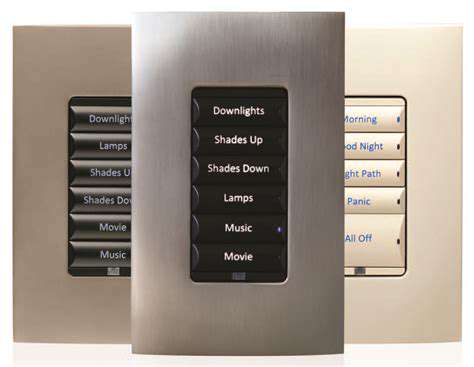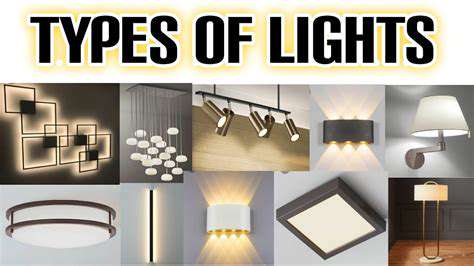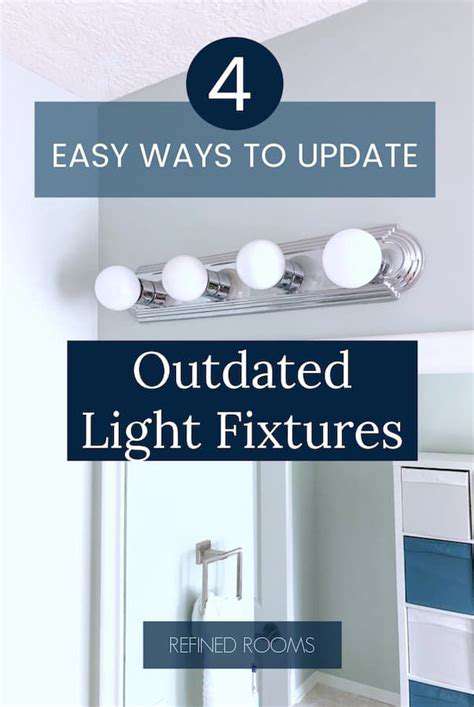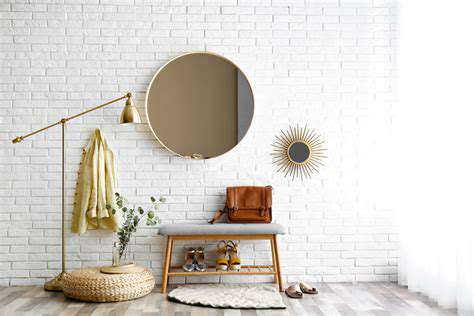How to Plan a Modern Photography Studio Interior
Contents
Define brand aesthetic to connect with your photography studio's audience.
Color palettes evoke emotions, impacting client experiences and studio atmosphere.
Use textures and materials that reflect your brand message and client preferences.
Create a signature style through consistent lighting and framing techniques.
Furniture should complement your overall aesthetic and provide functional versatility.
Lighting is crucial for enhancing the studio's visual appeal and atmosphere.
Regularly assess your brand aesthetic to stay relevant and appealing.
Thoroughly assess space requirements for effective studio layout design.
Incorporate distinct functional zones to improve workflow and client interactions.
Maximize natural light for authentic representation in your photography.
Integrate technology to streamline workflows and enhance client experiences.
Understand natural light dynamics for better shooting outcomes throughout the day.
Artificial lighting provides control and ambiance, enhancing photography quality.
Balance natural and artificial light for optimal photographic results.
Choose backdrops to enhance photos while maintaining focus on subjects.
Prop selections should complement the shoot theme, enhancing storytelling.
Create a welcoming client area to improve interactions and satisfaction.
Use technology to streamline client processes without overwhelming the environment.
Color palettes in client areas influence mood and client perceptions.
Showcase your work effectively to resonate with potential clients.
Client comfort and amenities foster positive experiences and satisfaction.
Gather client feedback for continuous improvements in client area design.
Define Your Brand Aesthetic
Understanding Brand Aesthetic
Your brand aesthetic isn’t just colors and fonts—it’s the soul of your photography studio. Think of it as a visual handshake with your clients. Did you know studios with cohesive branding see 80% higher recognition rates? Start by sketching out your studio’s personality: Are you playful, luxurious, or minimalist? Then dive into your ideal client’s world—what makes them tick visually?
Choosing a Color Palette
Colors are silent storytellers. That terracotta wall? It whispers warmth. Those slate gray accents? They shout sophistication. Pick 3-5 core colors that mirror your brand’s heartbeat. Pro tip: Test swatches at different times—morning light can turn cozy cream into hospital white.
Incorporating Textures and Materials
Run your fingers across rough-hewn wood or cool marble—these textures shape client emotions before you even pick up a camera. Mix materials strategically: Pair velvet cushions with steel frames for edgy elegance. Bonus: Sustainable materials aren’t just eco-friendly—they’re client magnets for conscious consumers.
Creating a Signature Style
Your studio should scream you before clients check your website. Maybe it’s those geometric light patterns on the west wall, or how you always frame subjects against vintage doors. Consistency breeds memorability—edit your portfolio shots with the same filter you use on Instagram stories.
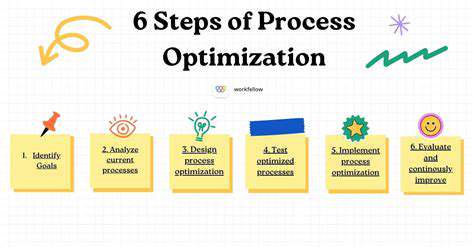
Optimize Layout for Functionality
Space Planning Essentials
Measure twice, design once. Portrait studios need breathing room for poses, while product setups demand table real estate. Zone your space like a pro: Shooting area (center stage), editing nook (tech heaven), and client lounge (where deals happen). Smart studios use rolling dividers—today’s maternity shoot becomes tomorrow’s corporate headshot setup.
Lighting Mastery
North-facing windows are gold for soft light—but don’t ignore artificial options. LED panels with adjustable warmth (2700K-6500K) let you mimic dawn or dusk on demand. See that corner? A well-placed uplight turns blank walls into dramatic backdrops.
Tech Integration
Hide cables, showcase tech. Install floor outlets for lighting rigs and ceiling drops for backdrops. Try a touchscreen portfolio display—clients love swiping through your work while sipping espresso.
Client Experience Design
First Impressions Matter
Your waiting area should feel like a favorite coffee shop. Comfy chairs? Check. Charging stations? Double-check. Pro move: A scent diffuser with bergamot—it subconsciously says creative and calm.
Showcase Strategy
Rotate wall prints monthly—keep regulars intrigued. Digital frames near the entrance? Perfect for sneaking in latest shoots. Remember: Your best work should sit at eye level (56-60 from floor).
Feedback Loops
Slip a QR code survey into your client goodbye packet. Ask specific questions: How did our color scheme make you feel? Turn insights into action—that mint green wall clients find clinical? Next month it’s warm terracotta.

